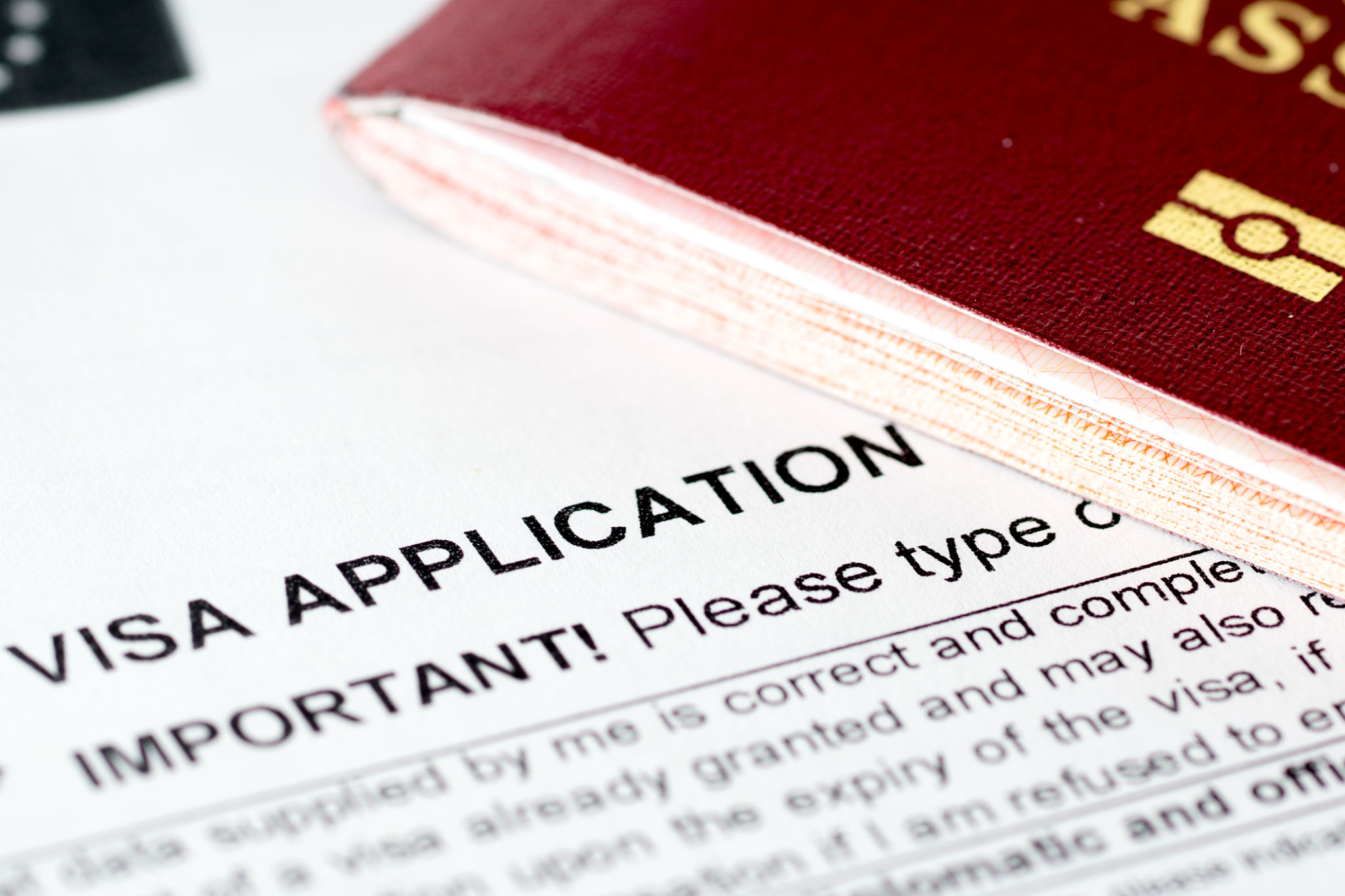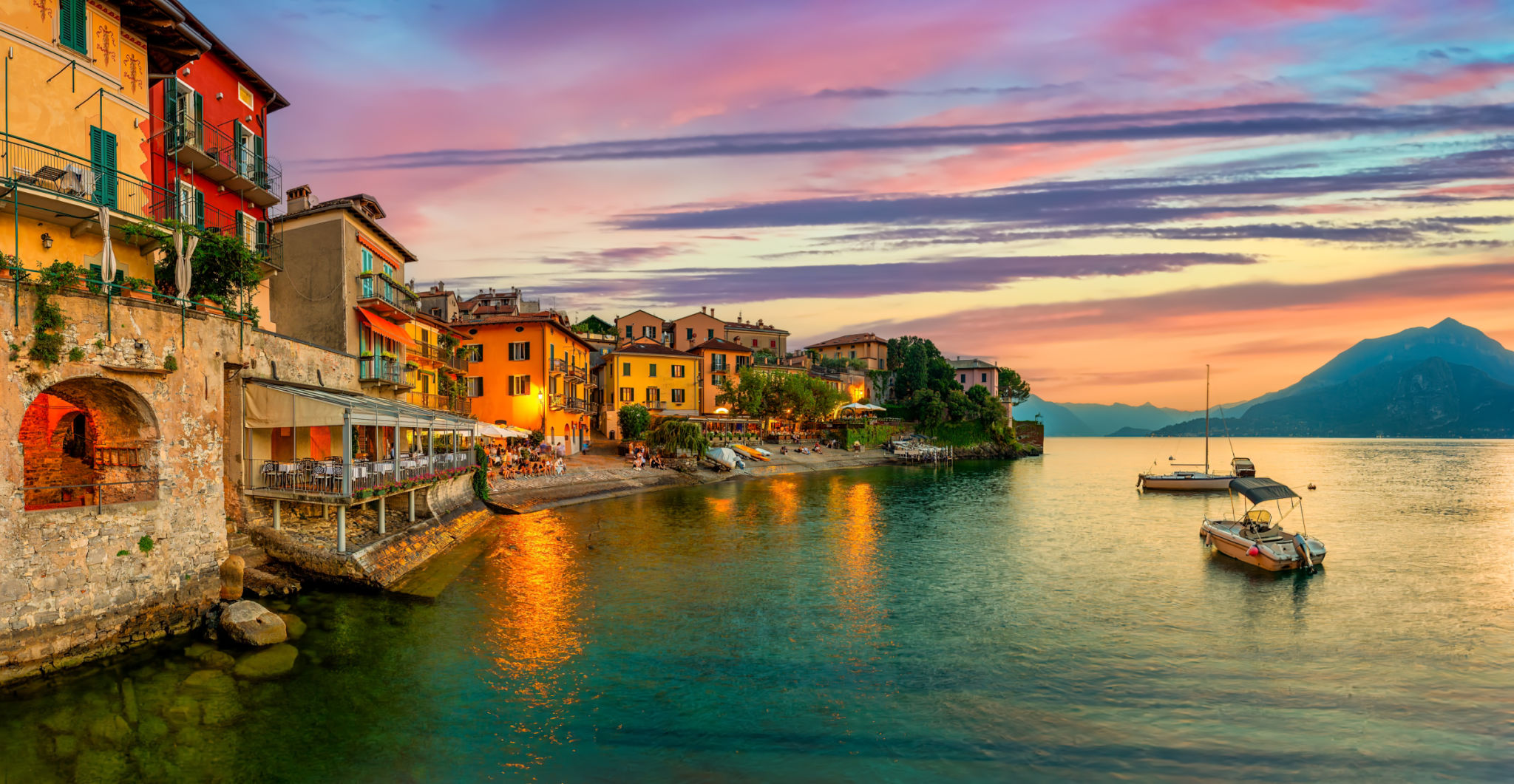The Hidden Costs of Obtaining an Italian Tourist Visa
Understanding the Application Fees
When planning a trip to Italy, many travelers focus on the excitement of exploring historic sites and indulging in delicious cuisine. However, obtaining an Italian tourist visa involves more than just submitting an application. One of the most straightforward costs is the visa application fee itself. As of the latest updates, this fee is approximately €80 for adults, with reduced rates for children.
It's important to note that this fee is non-refundable, regardless of whether your visa application is approved or denied. Therefore, applicants should ensure that all documents and requirements are meticulously prepared to avoid any potential issues that could lead to a rejection.

Additional Documentation Expenses
Aside from the application fee, travelers must also account for the costs associated with acquiring necessary documentation. This can include expenses for passport photos, which must adhere to specific size and format guidelines, and obtaining or renewing a passport if it's close to expiration.
Moreover, some applicants may need to provide proof of financial stability through bank statements or letters from their employer, which might incur service charges from financial institutions. These seemingly small expenses can add up quickly, making it essential to budget accordingly.

Travel Insurance Requirements
An often-overlooked requirement for an Italian tourist visa is travel insurance. This insurance must cover medical expenses up to €30,000 and be valid throughout the Schengen Area. While travel insurance is a wise investment for any international trip, it represents an additional cost directly tied to the visa process.
The price of travel insurance varies based on factors such as the duration of your stay and the level of coverage chosen. It's advisable to shop around and compare different providers to find a policy that offers the best value while meeting all necessary criteria.
Logistical Costs and Time Investment
Applying for an Italian tourist visa often requires multiple visits to a consulate or visa application center. This can entail travel expenses such as transportation and possibly accommodation if you reside far from the nearest center.
Furthermore, the time spent gathering documents, filling out forms, and attending appointments can equate to lost productivity, especially if you need to take time off work. It's critical to factor in these logistical costs when planning your trip.

Potential Translation and Certification Fees
For non-native speakers, additional costs might include translation services for documents that need to be in Italian or another accepted language. In some cases, these translations must be certified, which can further increase expenses.
While not every applicant will require translations, it's a potential hidden cost that should be considered when preparing for your visa application. Ensuring all documents are correctly translated and certified can prevent delays and potential rejections.
Conclusion: Planning Ahead
The process of obtaining an Italian tourist visa involves a variety of hidden costs beyond the basic application fee. By understanding these potential expenses—from documentation and travel insurance to logistical concerns—travelers can better prepare financially for their Italian adventure.
Proper planning and budgeting for these hidden costs not only help ensure a smoother application process but also allow travelers to focus on enjoying their upcoming journey through one of the world's most captivating destinations.

